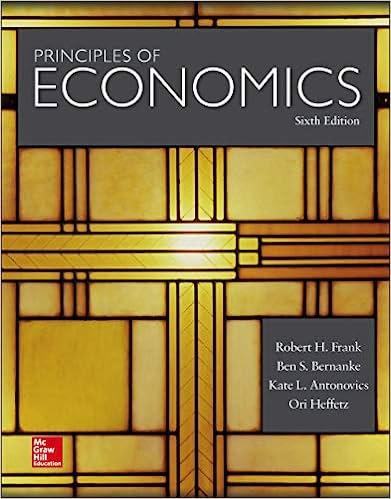Question 3 of 6 Suppose the market supply is given by L:2.Sw. Assume the product market is competitive and the product price is p:$10. Also suppose MPL:9.170.7L and that the firm has monopsony power. A.Graph the marginal revenue product of labour. The slope of this curve is equal to \\:| . The vertical intercept of this curve is equal to E . Write the formula for the inverse supply of labour and graph the supply curve. The slope of this supply curve is \\:|. B. For this firm. the fully simplified formula for marginal cost is MCL : _ L (Enter the value which completes the formula. Do not enter the variable, it has been given) |: Illustrate this market graphically, including accurate numbers for slopes and intercepts. Write the condition which the monopsonist's optimal choice of labour must satisfy. This monopsonist will choose employment level \\:| . At this employment level, the firm will offer the wage $ |: , and the value marginal product of labour is $ |: . The average cost of labour for this monopsonist is $ \\:| and the rm's profit per worker is 25 : so this monopsonist makes a profit of$ |: . C. The competitive outcome would occur at the intersection of which two cun/es? Indicate this point on your graph. Based on the equations given. the competitive level of employment would be \\:| and the competitive wage would be $ \\:| . Relative to the monopsony outcome. competitive employment is E (Enter '1 ' for higher. \"0' the same, 21 \" for lower) and competitive wages are |: (Enter "1' for higher, \"0" the same, -.1- for lower). Now suppose the union insists wages must not be below $4.72: D. Carefully draw the firm's new marginal cost of labour. For employment levels up to L: E . the firm's marginal cost of labour will be $4.72. For levels of employment greater than that. the marginal cost of labour E (Enter '1 " for increases, '0" for stays the same, '71\" for decreases). Explain why. E. Has the condition for the monopsonist's optimal choice of L changed? Afterthe union inuence. the level of employment will be S and workers will be paid $ E . When the union insists on at least $4.72 then. relative to the monopsony outcome, employment is E (Enter \" I ' for higher, '0" for the same. \"71 \" for lower) and worker pay is E (Enter \"1 ' for higher, '0' for the same, n71' for lower). When the union insists on at least $4.72 then. relative to the competitive outcome. employment is \\:| (Enter "1' for higher, \"0" the same, 21 ' for lower) and worker pay is |: (Enter '1\" for higher, "0' for the same, "71' for lower). Do you think the union can insist on a wage higher than $4? Write down what you think determines the minimum wage insisted on by the union







